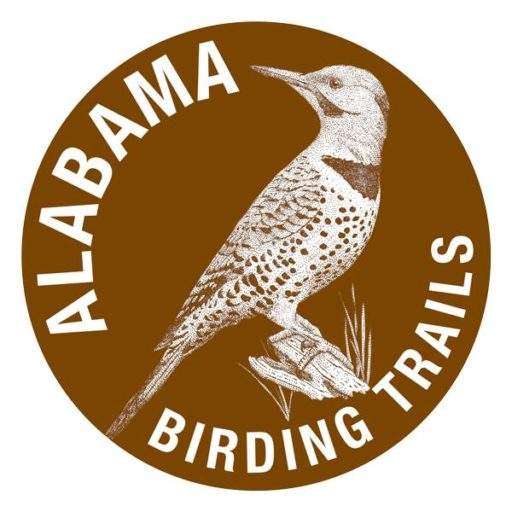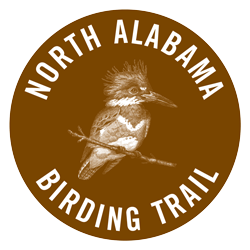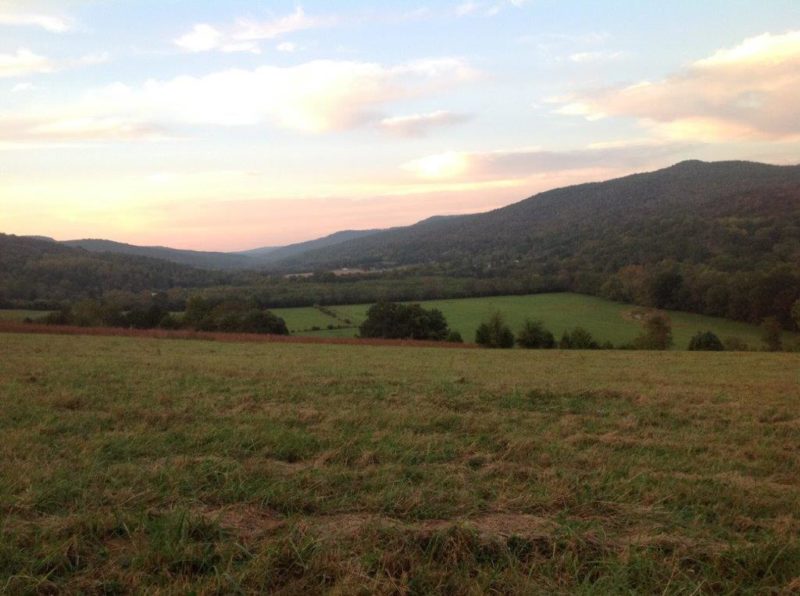
ACES-Graham Farm & Nature Center
Fantastic birding opportunities abound at the 491 acre Nature Center. Sightings of Cerulean Warblers, American Redstarts, and Worm-eating Warblers hav …
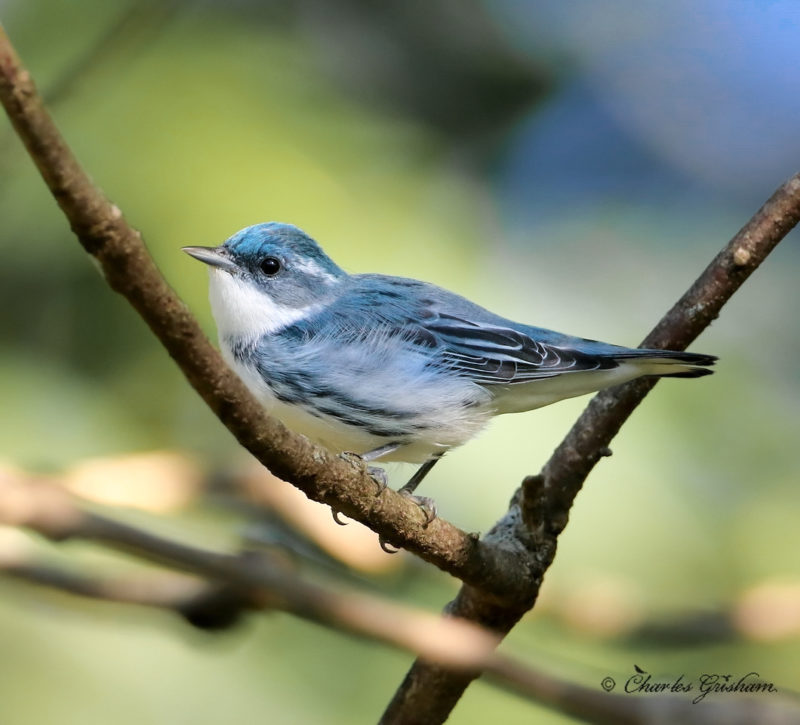
Bankhead National Forest – Central Firetower
Habitats in the national forest range from old fields to mature pine and hardwood forests. The area is renowned for its breeding Cerulean Warblers, wh …
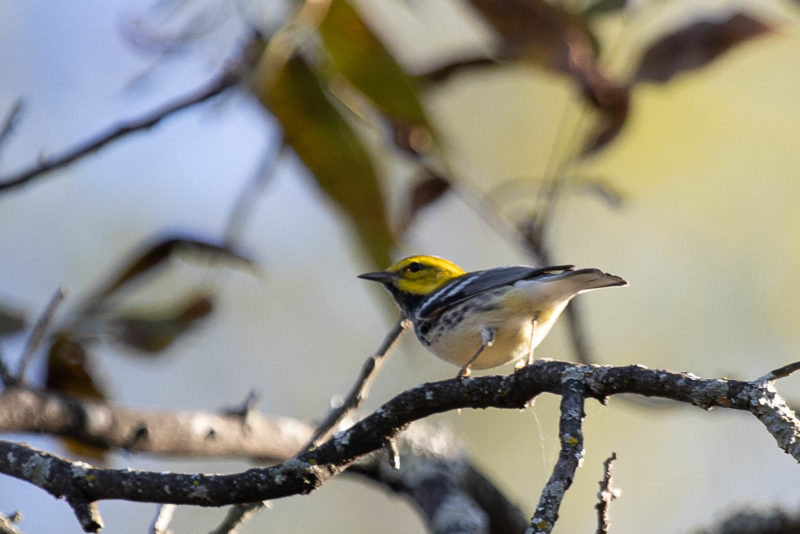
Bankhead National Forest – Sipsey Wilderness Trailhead
Bankhead National Forest’s Sipsey Wilderness Trail (Site #15, Northwest Loop) takes the birder a step back in time with its tinkling waterfalls and m …
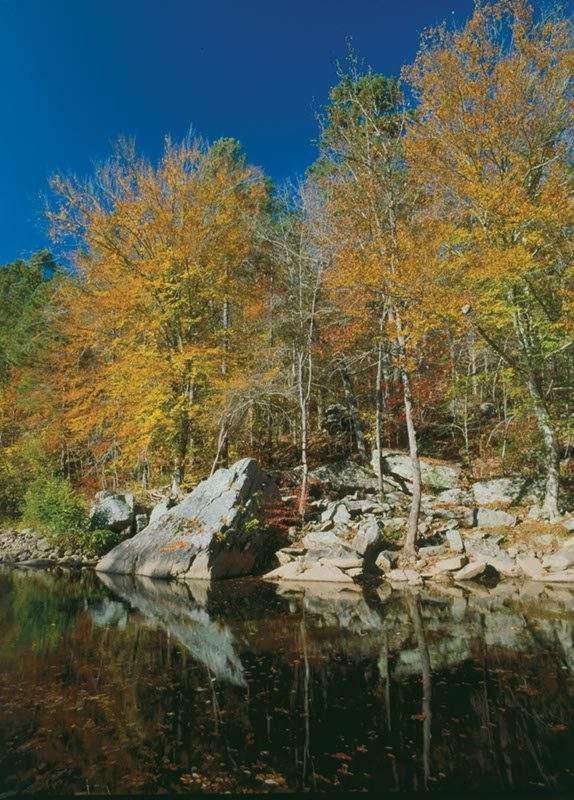
Buck’s Pocket State Park, Morgan’s Cove, and South Sauty Creek
Buck’s Pocket State Park’s wooded pocket canyon is complete with singing Red-eyed Vireos, Wood Thrushes, and Scarlet Tanagers. The park is also host t …
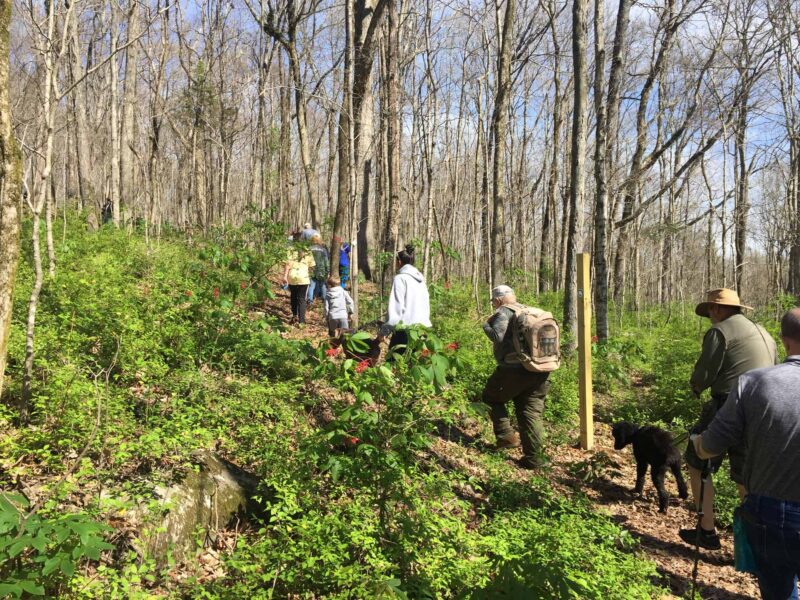
Chapman Mountain Nature Preserve
Chapman Mountain Nature Preserve is a 551-acre property located just to the east of Huntsville. The preserve, owned and managed by local nonprofit Lan …
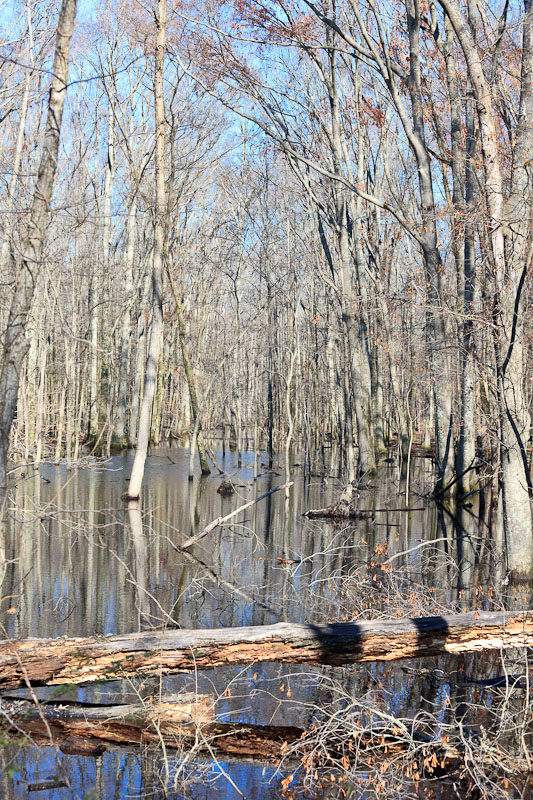
Decatur Hospitality Nature Park
The Decatur Hospitality Nature Park (Site 17, Central Loop), nearby US Highway 31 Causeway, and the Decatur Boat Harbor provide a great opportunity t …
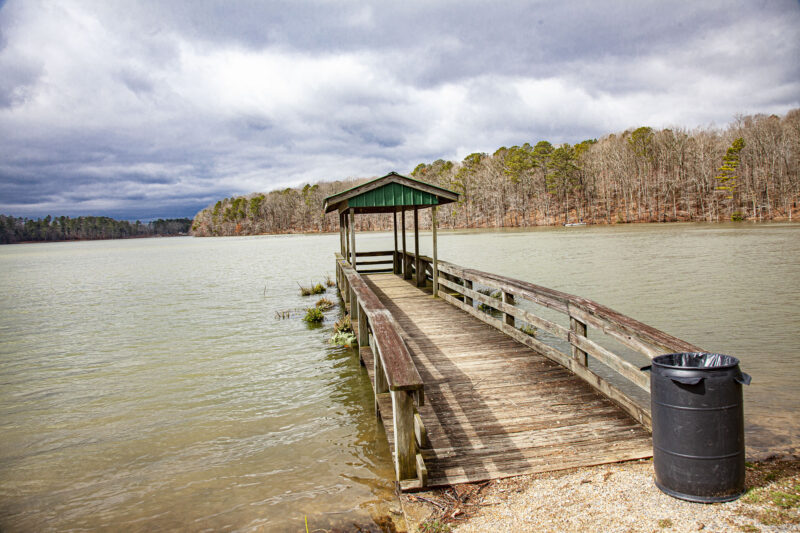
DeKalb County Public Lake
The 120 acre DeKalb County Lake (Site #46, Northeast Loop) is a popular fishing spot that also serves as an excellent introduction to northern Alabama …
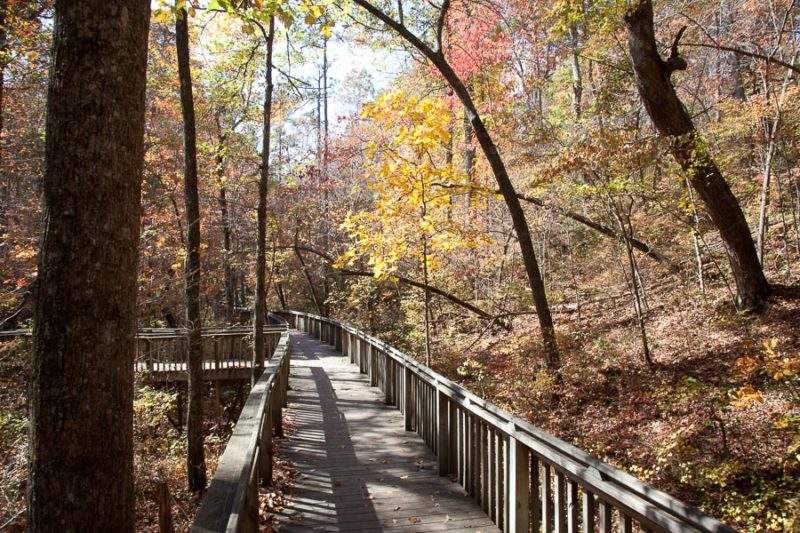
DeSoto State Park – Talmadge Butler Boardwalk Trail
Enjoy both woodland songsters-Kentucky and Hooded Warblers, Scarlet Tanagers and Yellow-throated Vireos and displays of native wildflowers and bloomin …
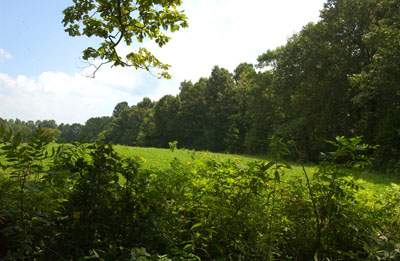
Freedom Hills Wildlife Management Area Walking Trail
The walking trail at Freedom Hills Wildlife Management Area (Site #13, Northwest Loop) is one of numerous gravel and dirt hunter access roads on the 3 …
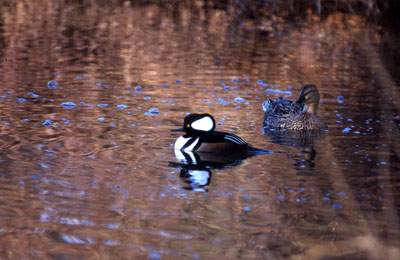
Goose Pond Colony
Goose Pond Colony (Site # 38, Northeast Loop) is a public recreational development built on a peninsula on the northern side of Guntersville Lake sou …
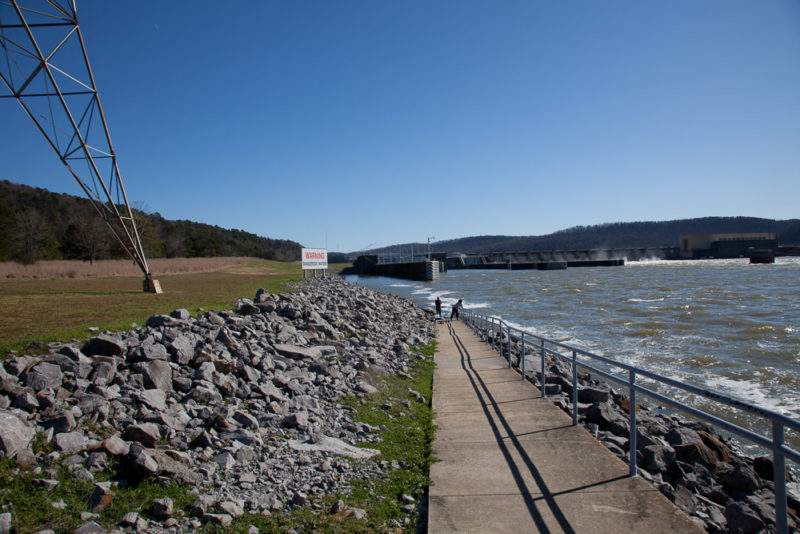
Guntersville Dam North
The north side of Guntersville Dam is similar to the south side and also provides boat access to Painted Bluff a few miles downstream. However, the no …
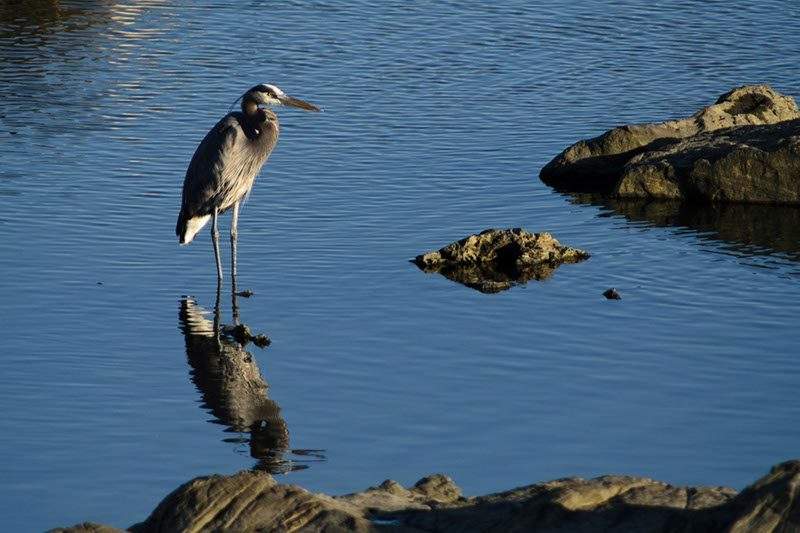
Guntersville Dam South
Guntersville Dam (Site #36, Northeast Loop) impounds the 67,900-acre Guntersville Reservoir in northeastern Alabama. The Tennessee Valley Authority ma …
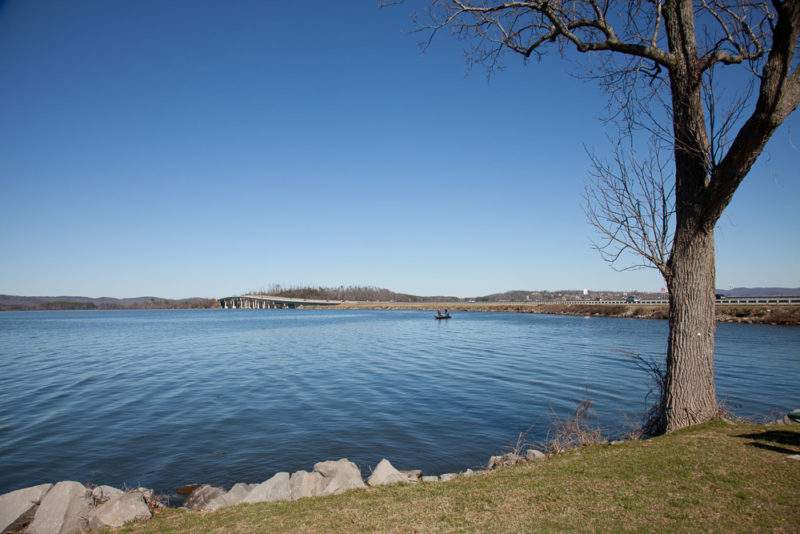
Guntersville Peninsula
The reservoir is at its best in winter, when waterfowl is plentiful, often supporting rafts of Red-breasted Mergansers, Lesser Scaup, Gadwalls, Ruddy …
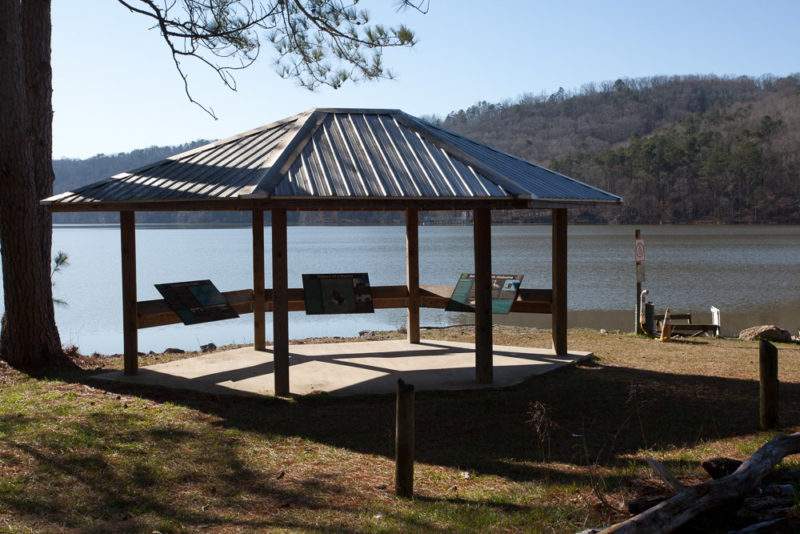
Guntersville State Park, Town Creek and Drive
Guntersville State Park is one of the premier birding areas in northeastern Alabama. Renowned for its Eagle Awareness Weekends, the park is best visit …
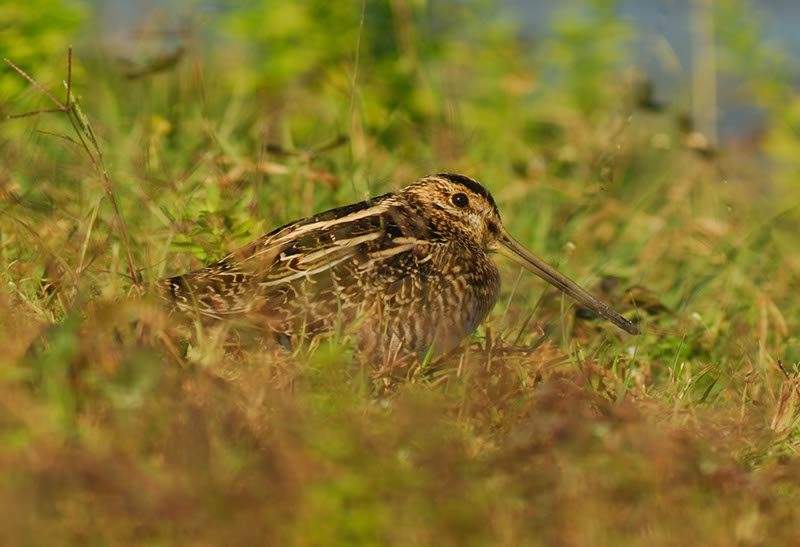
Hays Nature Preserve
The Hays Nature Preserve (Site #30, Central Loop) hosts several miles of paved trails that follow the Flint River and its associated oxbow lakes thro …
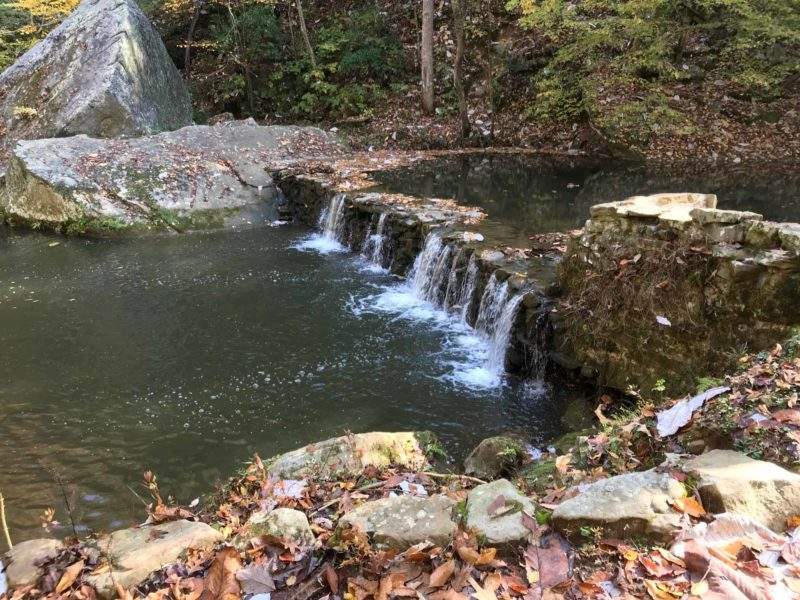
Hurricane Creek Park
Hurricane Creek Park (Site #32, Central Loop) is known for its scenic deep canyon, which is heavily wooded with mature hardwoods. The park offers a nu …
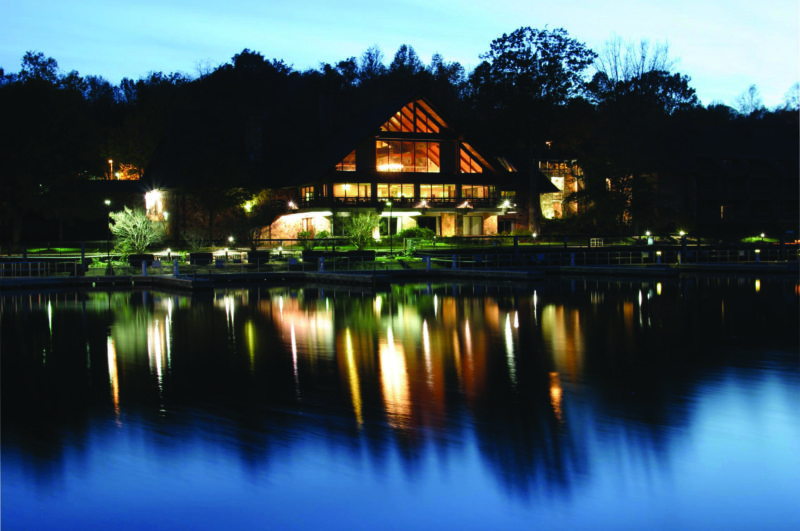
Joe Wheeler State Park
The park provides access to the north side of Wheeler Lake and the associated backwaters, which are often good for waterbirds. The park also contains …
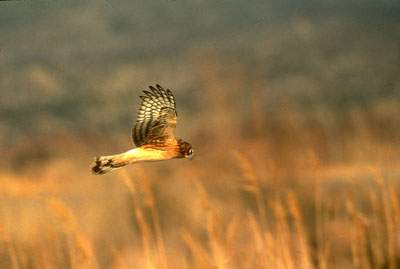
Key Cave National Wildlife Refuge
Key Cave National Wildlife Refuge (NWR) (Site# 9, Northwest Loop) has large open fields managed for warm-season native grasses interspersed with small …
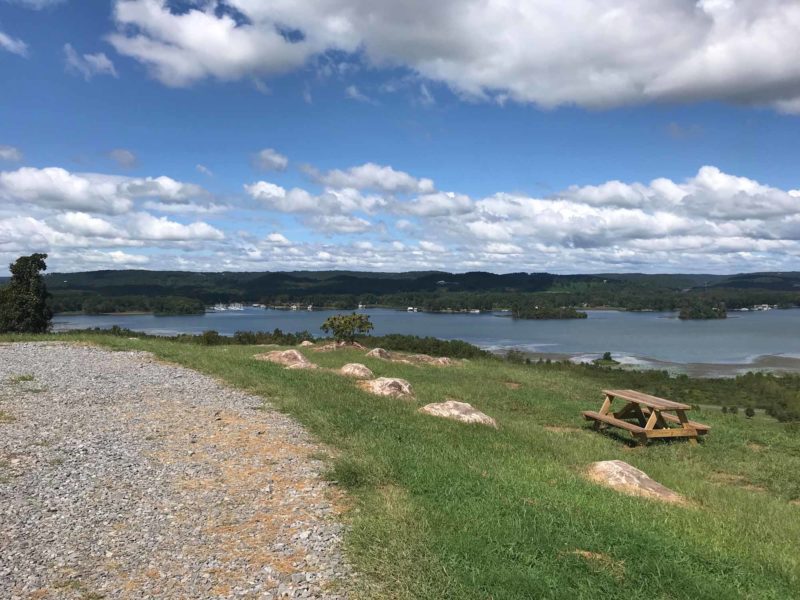
Kudzu Cove Cabins
Kudzu Cove is located on Buck Island in Guntersville, AL. It began as a rental cabin property that has several cabins available to rent. Three fishing …
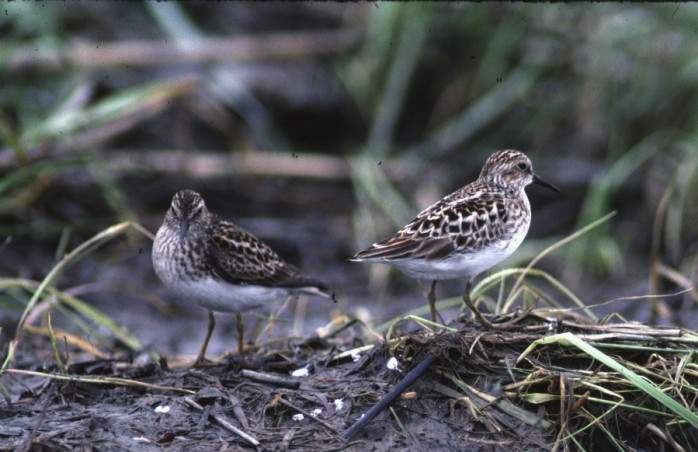
Leighton Ponds
The Leighton ponds (Site #5, Northwest Loop) sites are a series of sinkholes and semi-flooded agricultural fields that are excellent for waders and sh …
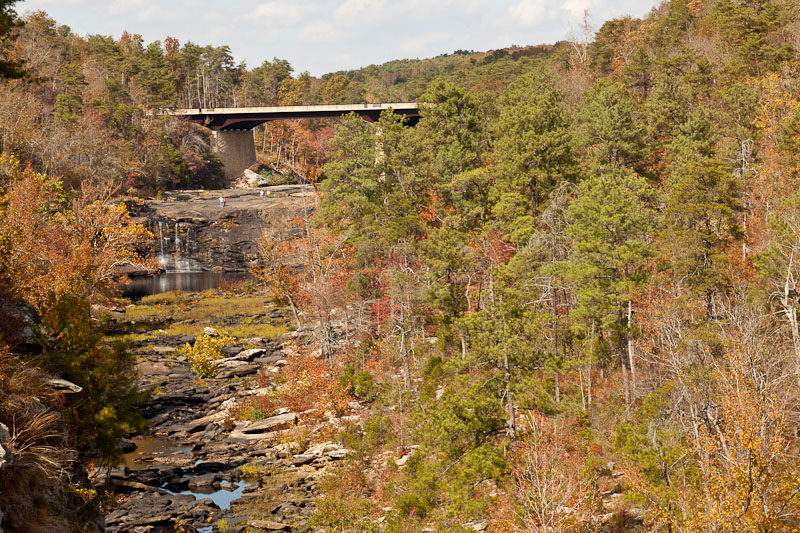
Little River Canyon National Preserve Drive
As you drive along the rim of this incredibly scenic canyon, listen in the open fields for Yellow-breasted Chats and Prairie Warblers. Farther down in …
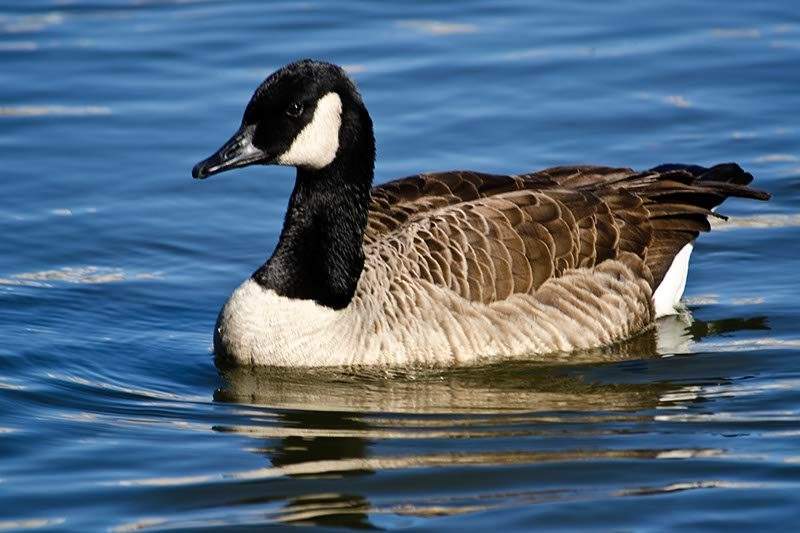
Madison County Public Lake
Madison County Public Lake (Site # 28, Central Loop) is best known for its fishing, but it also serves as an excellent introduction to northern Alabam …
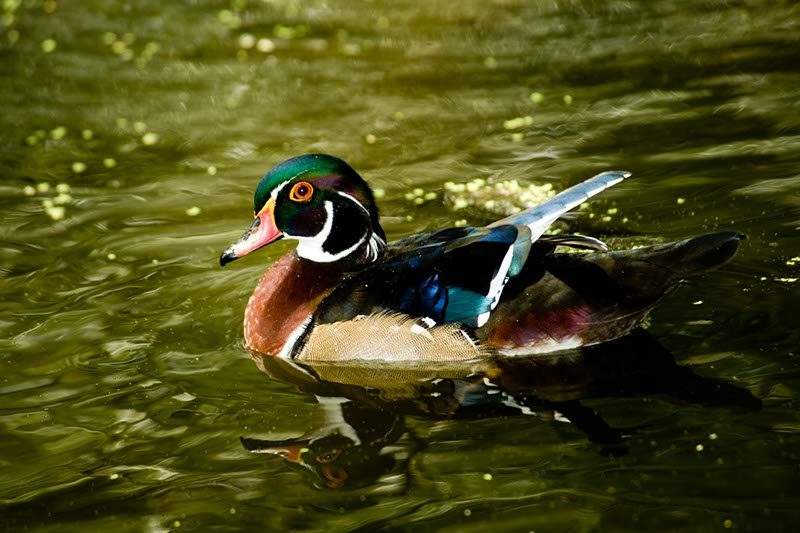
Mallard Fox Creek Wildlife Management Area
The 1,483-acre Mallard Fox Creek Wildlife Management Area (WMA) (Site # 1, Northwest Loop) along the southern shore of Wheeler Lake provides access to …
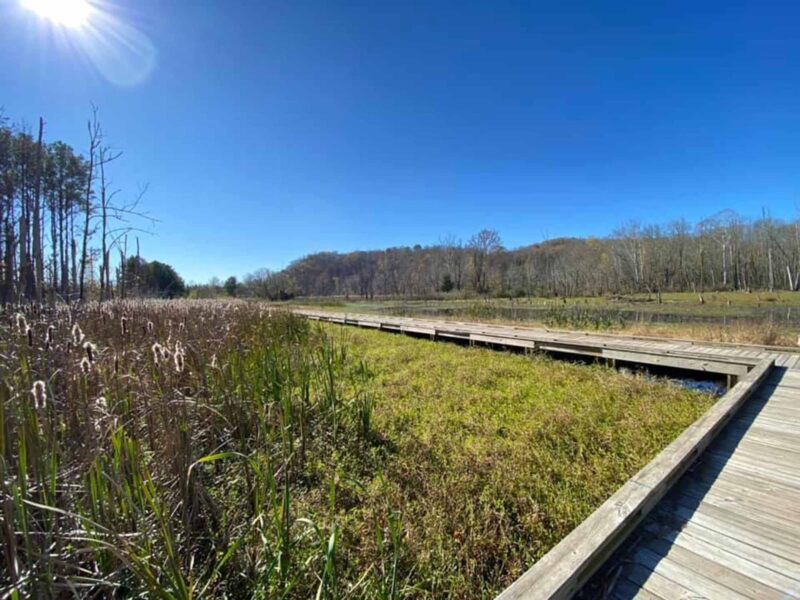
Marbut Bend Trail
A 1.1-mile gravel and boardwalk A.D.A.-accessible trail meanders through a wetland created by a beaver dam and along the shoreline of two embayments o …
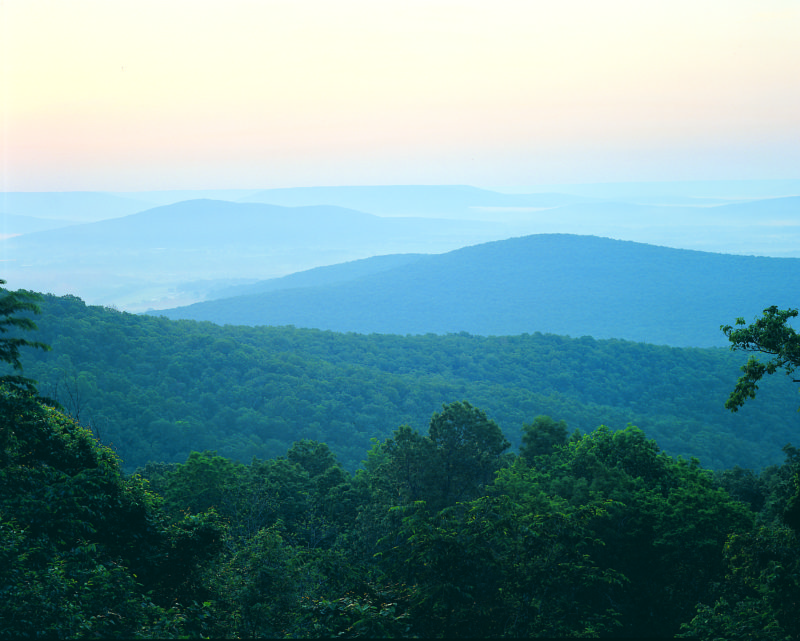
Monte Sano State Park
Monte Sano State Park sits atop a remnant ridge of the Cumberland Plateau, giving a fantastic view of the surrounding valleys and plateaus that cover …
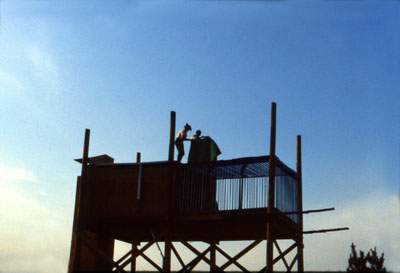
Mud Creek Wildlife Management Area
Mud Creek Wildlife Management Area (Site #42, Northeast Loop) has numerous impoundments that are likely to turn up a great variety of species. Access …
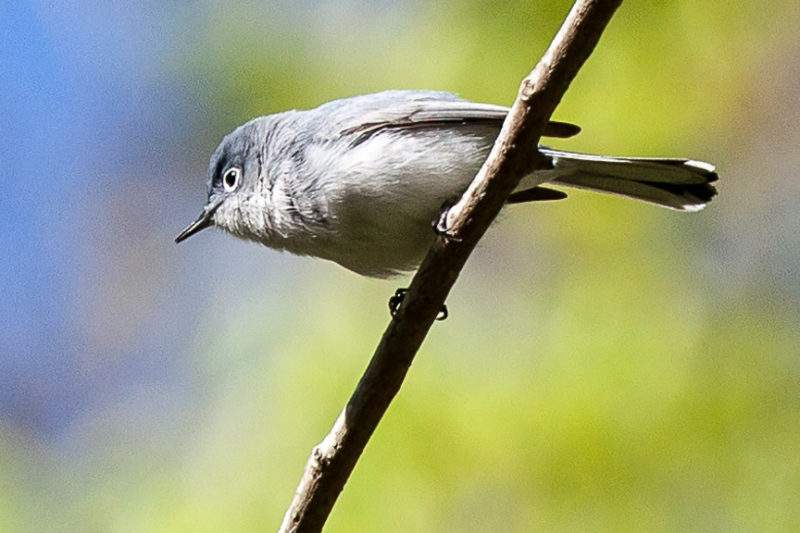
Murphy Hill
Murphy Hill was supposed to be developed as a power plant. Fortunately for both birds and birders, these plans fell through and the area now hosts a h …
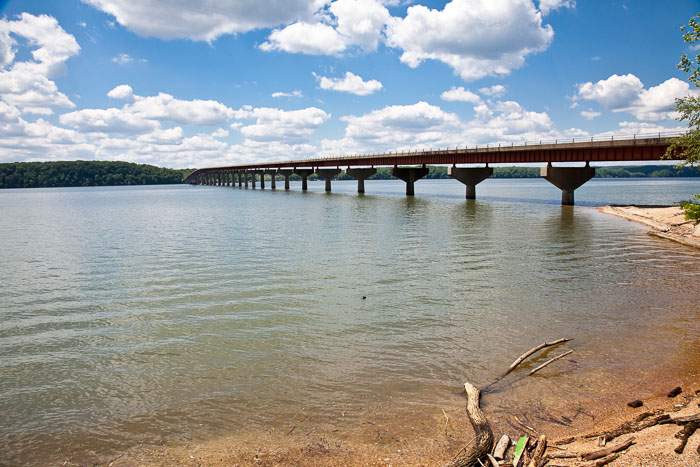
Natchez Trace Parkway – Colbert Ferry
Colbert Ferry (Site #12, Northwest Loop) provides access to a number of wooded habitats, including a beaver pond with lots of standing dead timber. C …
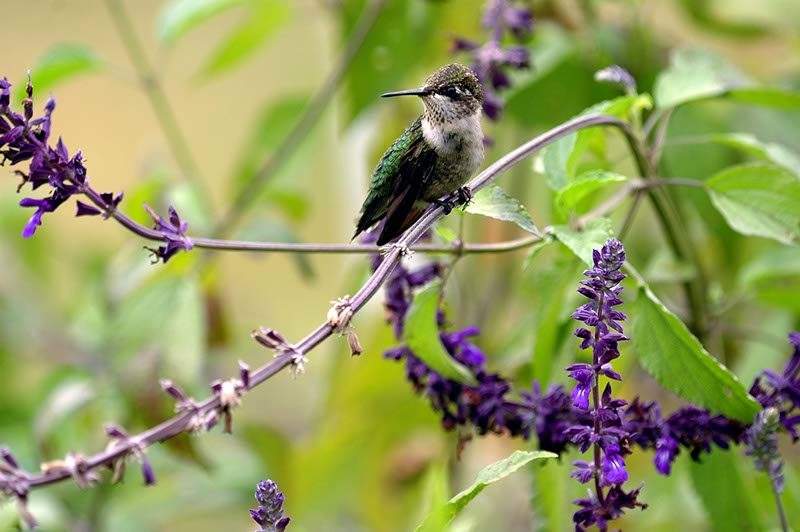
Natchez Trace Parkway – Rock Springs Nature Trail
Rock Springs Nature Trail (Site #10, Northwest Loop) winds through an idyllic wooded area from Colbert Creek to Rock Springs (approximate 20-minute wa …
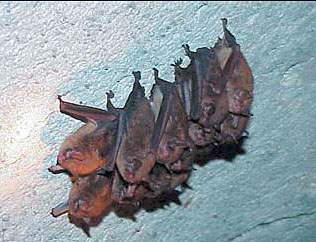
North Sauty Creek WMA / Sauta Cave NWR
North Sauty Creek (Site #39, Northeast Loop) has an excellent display of waterfowl and wading birds that occupy the area. Park on the roadside and sca …
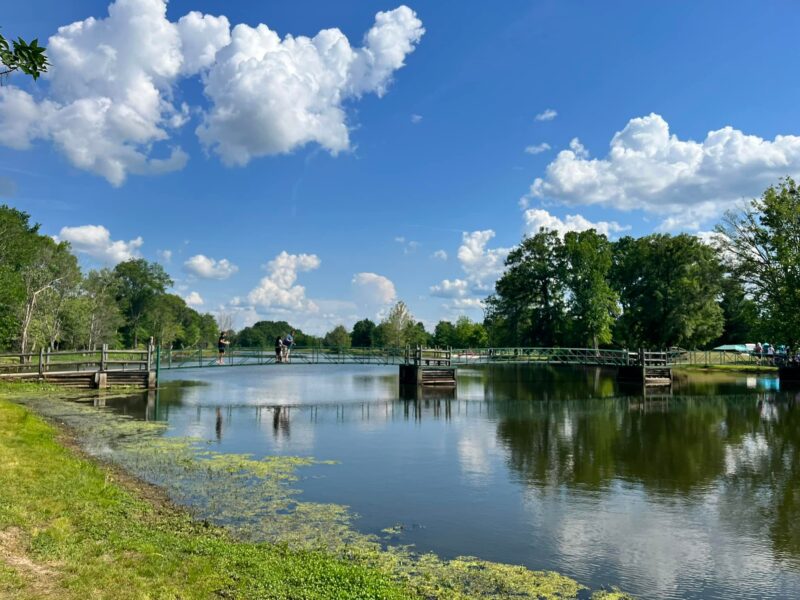
Oakville Indian Mounds Park / Museum / Education Center
Oakville Indian Mounds Park consists of 122 acres and hosts an array of birds because of a multitude of habitats on our site, ranging from the 22-acre …
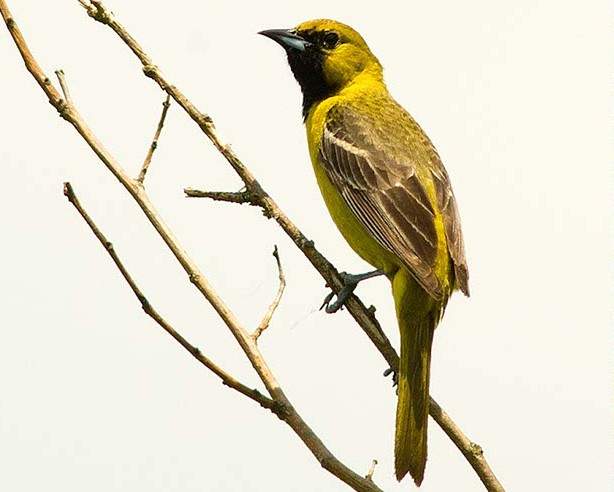
Rockpile Recreation Area, Wilson Dam
The Rockpile Recreation Area (Site 7, Northeast Loop) sits at the base of Wilson Dam. This area provides basic camping and picnicking facilities in a …
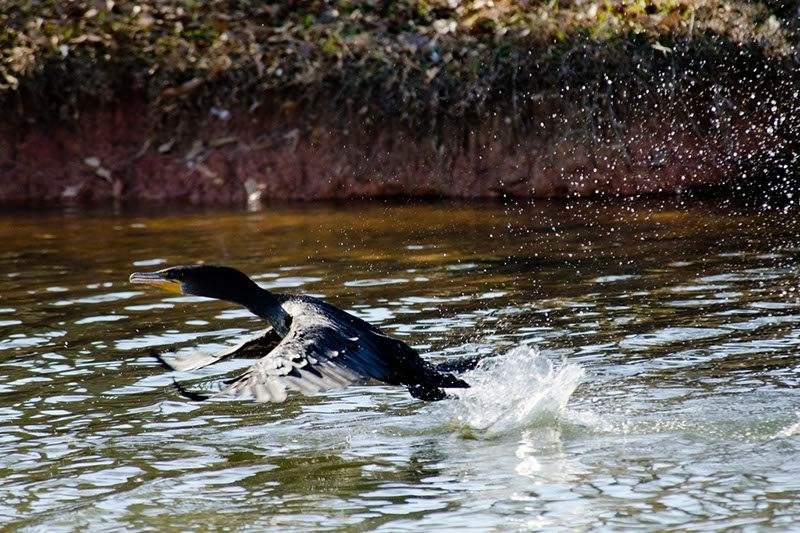
Round Island Recreation Area
Round Island Recreation Area (Site #22, Central Loop) provides access to the north side of the Tennessee River and an excellent vantage point for vie …
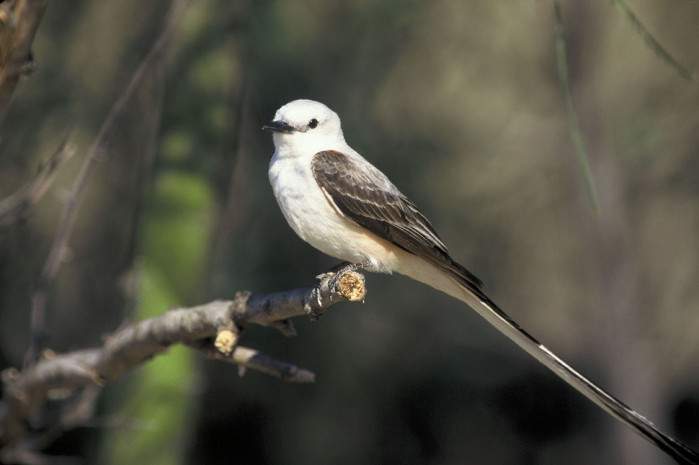
Roy B. Whitaker Paint Rock River Preserve
The Roy B. Whitaker Paint Rock River Preserve (Site # 40, Northeast Loop) was a working farm until Mr. Whitaker, wishing that future generations be ab …
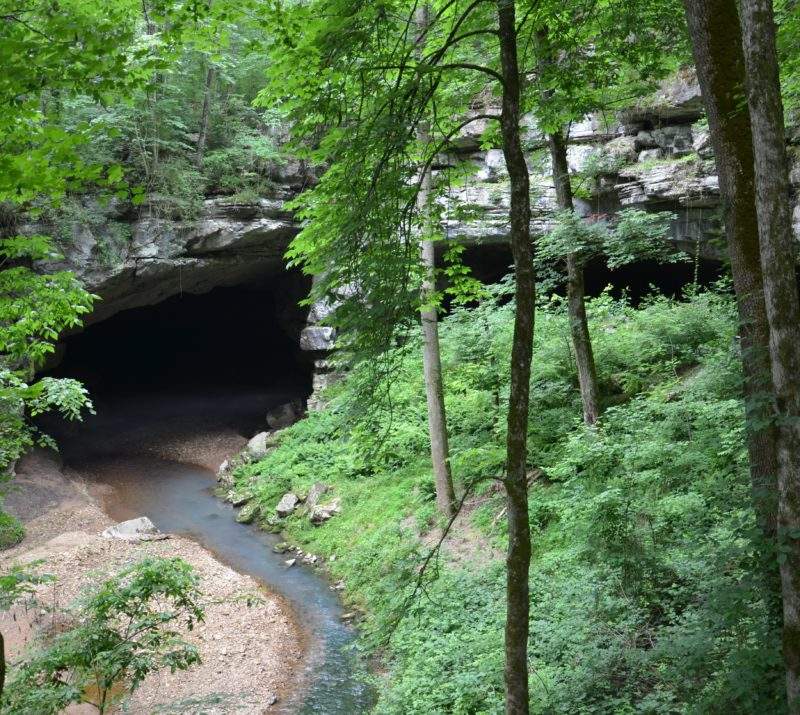
Russell Cave National Monument
Russell Cave National Monument has been home to wildlife and man for thousands of years. This peaceful setting combines food, water, and shelter with …
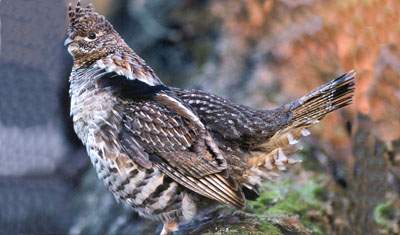
Skyline Wildlife Management Area
Skyline Wildlife Management Area (Site # 41, Northeast Loop) is an extensive tract of wild lands in northeastern Alabama, which hosts the state’s onl …
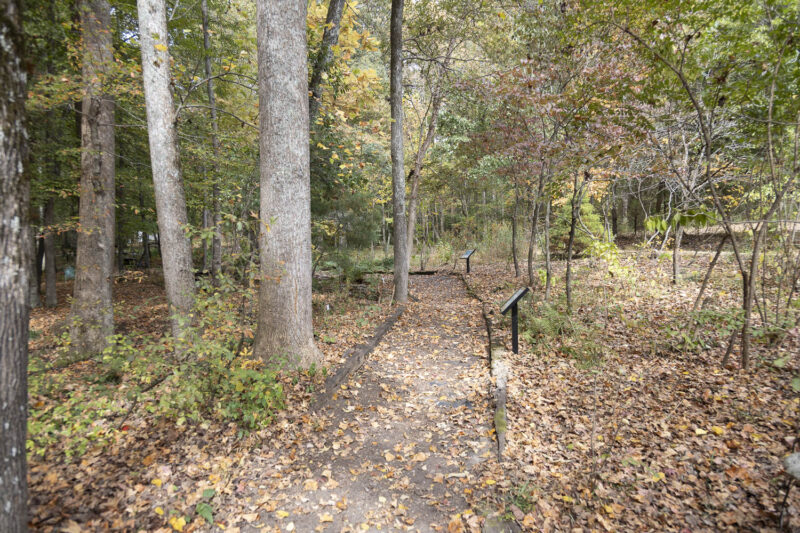
Sportsman Lake Park
Particularly in spring and fall, the hiking trails and wildflower garden should have migratory warblers. There are awe-inspiring, natural landscapes …
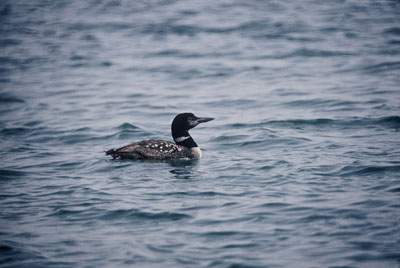
Stevenson Town Park
Stevenson Town Park (Site #43, Northeast Loop) sits on the east side of Crow Creek. The park provides an excellent vantage point from which to scan th …
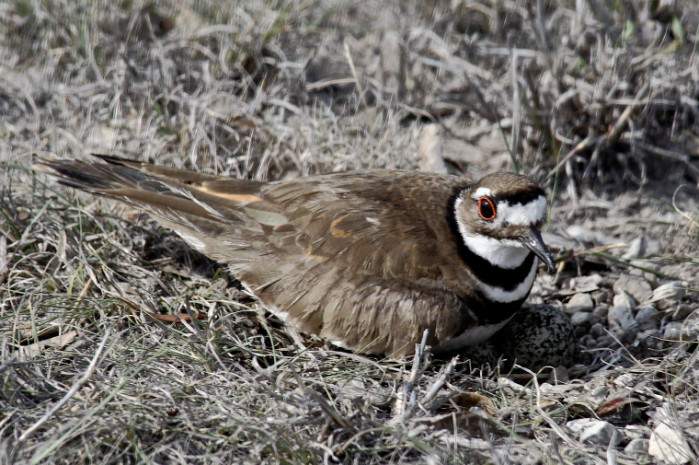
Swan Creek Wildlife Management Area
Swan Creek Wildlife Management Area (Site # 21, Central Loop) on the Tennessee River is managed for waterfowl and small game, although it supports man …
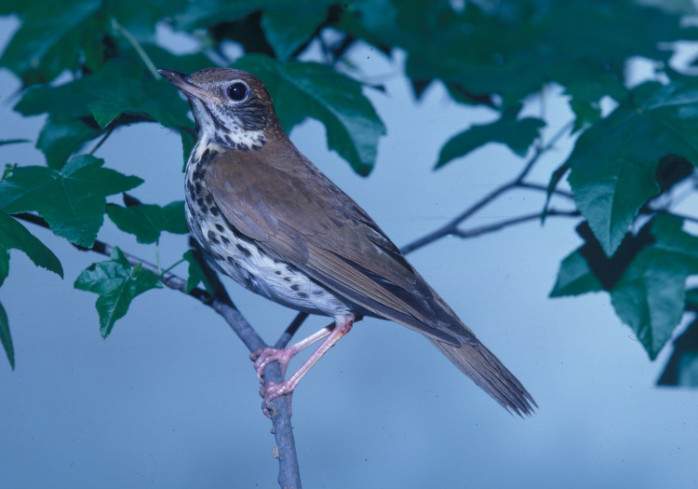
Tennessee Valley Authority Reservation
The Tennessee Valley Authority (TVA) Reservation (Site #8, Northwest Loop) hosts a number of walking trails that meander through woodlands, fields, an …
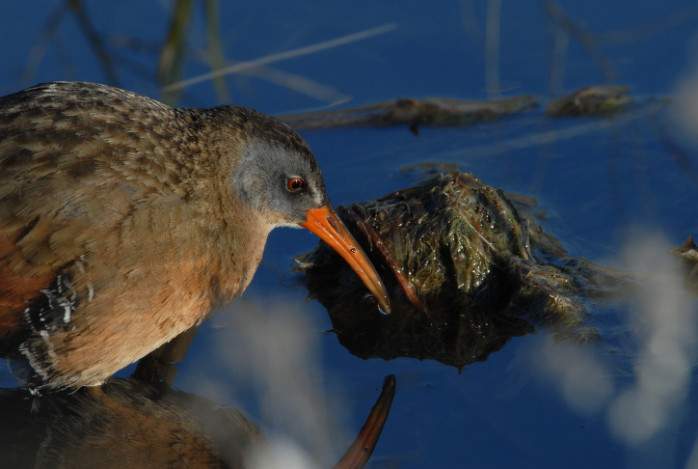
Town Creek Marsh
Town Creek Marsh (Site #4, Northwest Loop) is a small marsh in the bend of Fosters Mill Road overlooking Town Creek. It is an excellent place to see r …
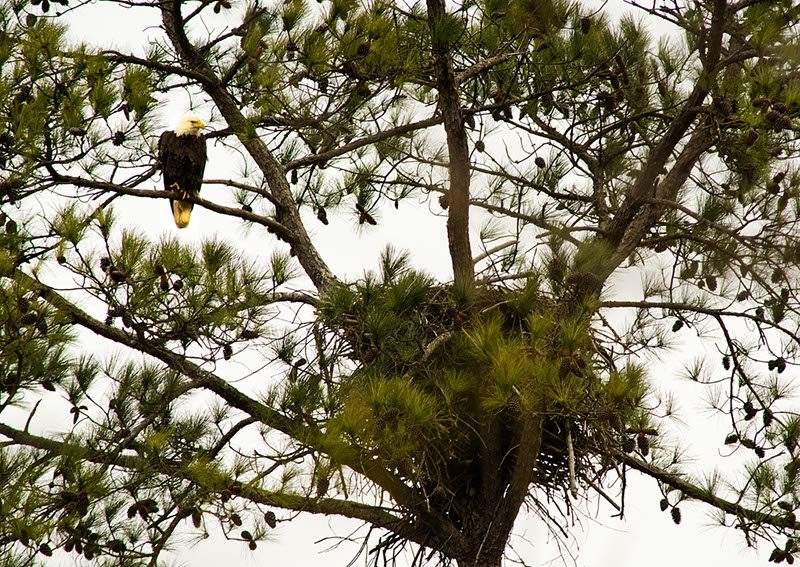
Waterloo
The town of Waterloo (Site #11, Northwest Loop) sits a few miles west of the Natchez Trace Parkway in northwestern Alabama. The area is renowned for …
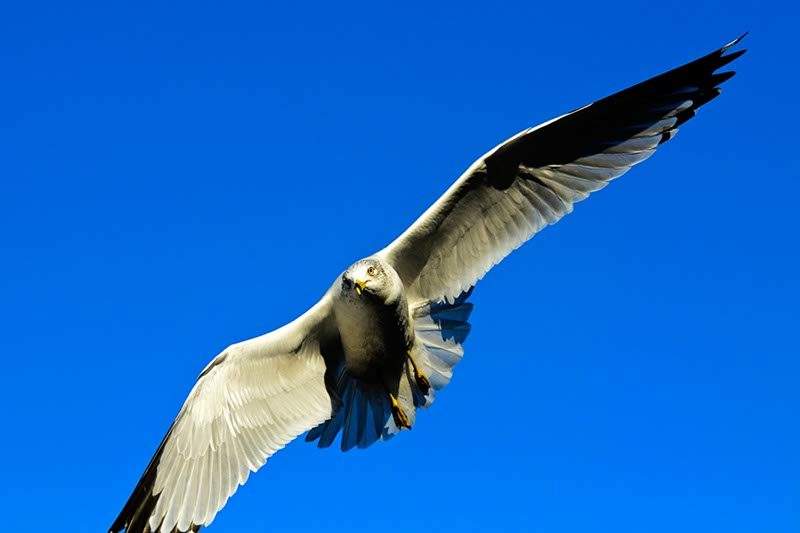
Wheeler Dam – South Landing
Completed in 1936, Wheeler Dam (Site #2, Northwest Loop) was the first Tennessee Valley Authority (TVA) hydroelectric dam on the Tennessee River. This …
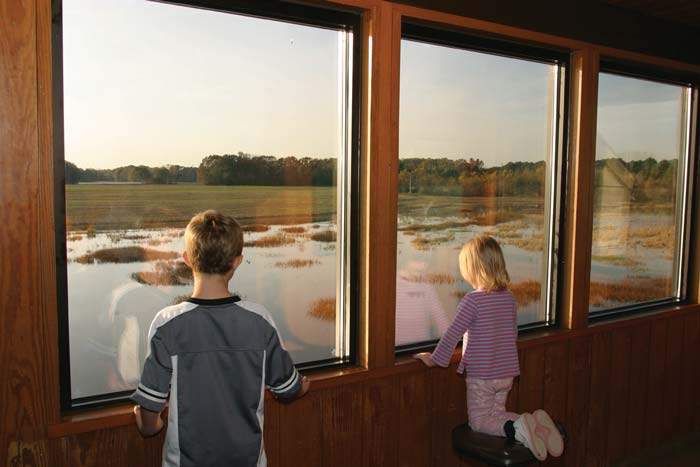
Wheeler National Wildlife Refuge Visitor Center
Wheeler National Wildlife Refuge’s (NWR’s) showpiece Visitor Center (Site #16, Central Loop) serves as the gateway to the North Alabama Birding Trail. …
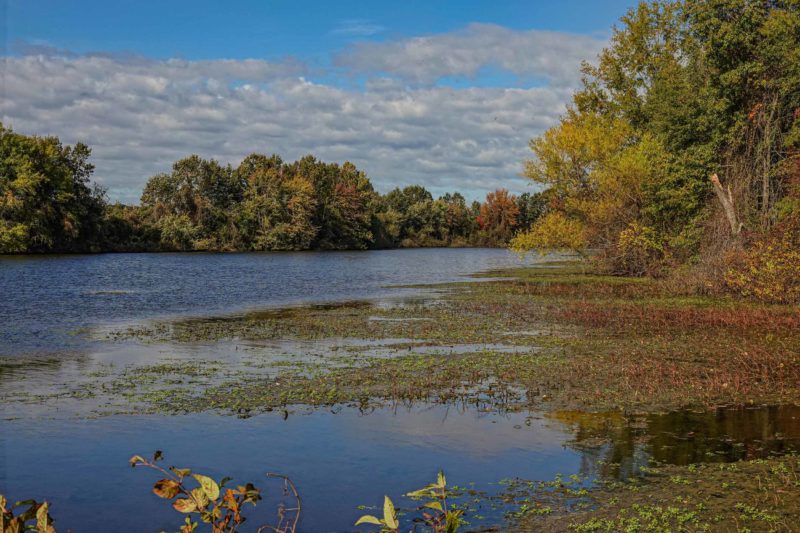
Wheeler NWR – Arrowhead Landing
Arrowhead Landing (Site # 23, Central Loop) is located on Limestone Bay, another corner of the fertile Wheeler Reservoir and the Tennessee River. The …
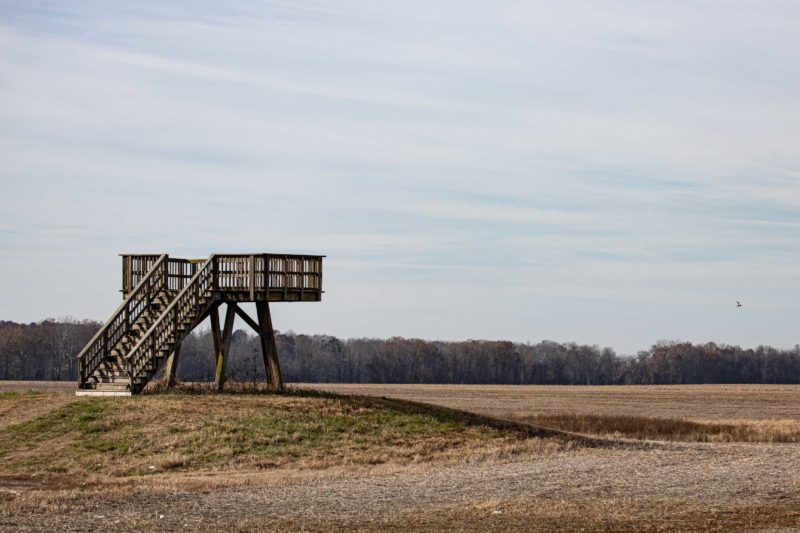
Wheeler NWR – Beaverdam Peninsula Tower
A visit to the Beaverdam Peninsula Tower (Site #24, Northeast Loop) in the summer may make visitors wonder why the tower is even mentioned. This broad …
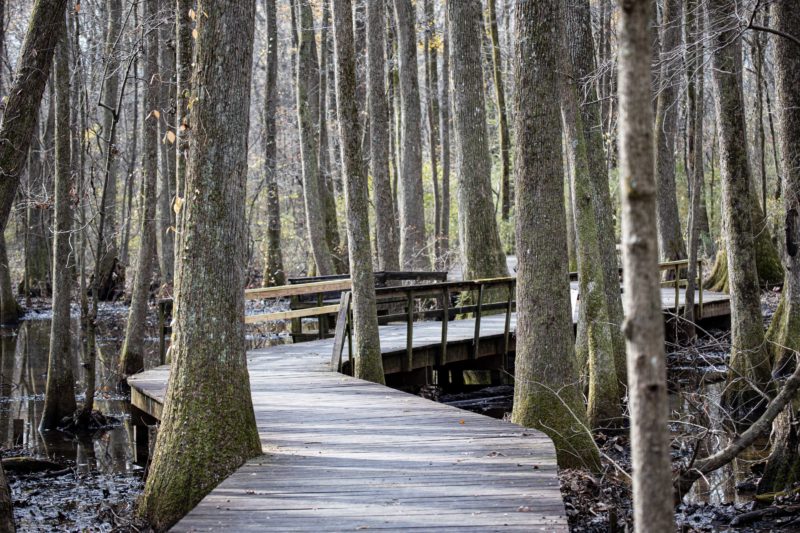
Wheeler NWR – Beaverdam Swamp Boardwalk
The Beaverdam Swamp Boardwalk (Site #25, Central Loop) leads the visitor into the heart of the largest Tupelo Swamp in Alabama. While exploring the bo …
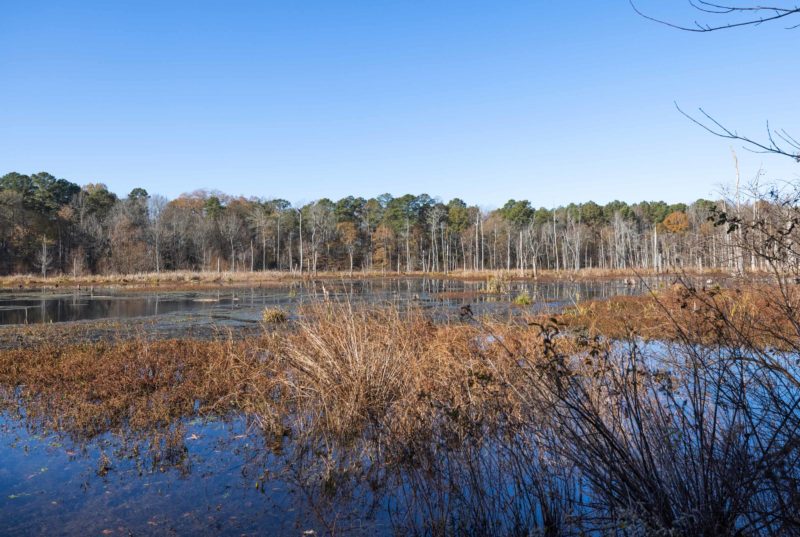
Wheeler NWR – Blackwell Swamp
Wheeler National Wildlife Refuge’s Blackwell Swamp’s flooded woodland and marsh (Site # 26, Central Loop) can be explored by car, on foot, or by cano …

Wheeler NWR – Cave Springs
The Cave Springs Cave (Site # 31, Central Loop) has been popular for thousands of years. The combination of shelter, fresh water, and abundant food h …
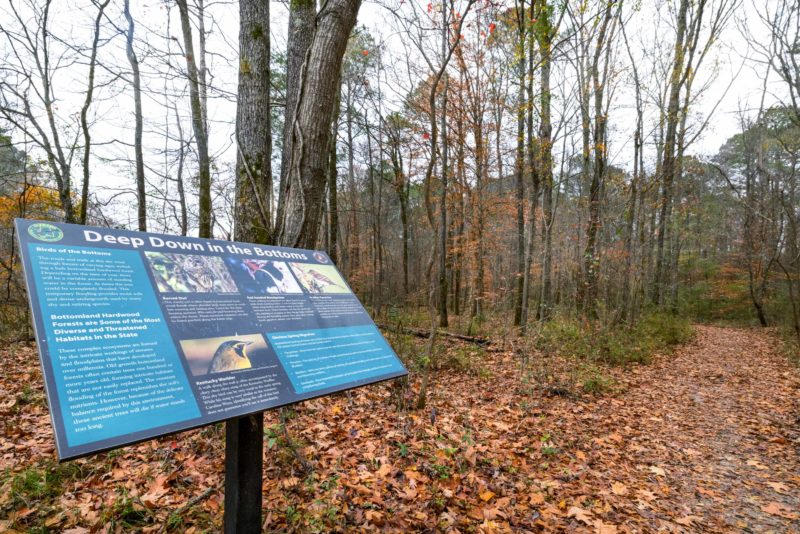
Wheeler NWR – Dancy Bottoms Nature Trail
Dancy Bottoms (Site #33, Central Loop) is an excellent area in the Wheeler National Wildlife Refuge to visit during spring migration when dozens of wa …
